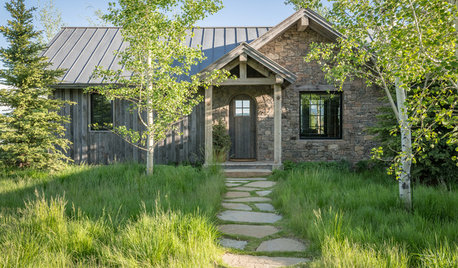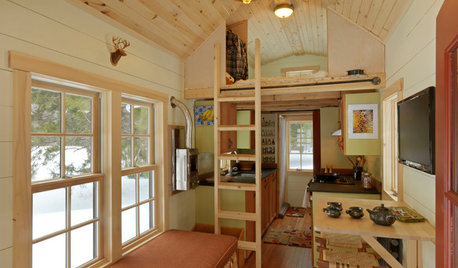Hundreds of tiny mounds in lawn - help identify problem?
fz999
14 years ago
Featured Answer
Sort by:Oldest
Comments (16)
garycinchicago
14 years agothisismelissa
14 years agoRelated Professionals
West Milford Landscape Architects & Landscape Designers · 70037 Landscape Architects & Landscape Designers · Comstock Park Landscape Architects & Landscape Designers · Prairie Ridge Landscape Architects & Landscape Designers · Stamford Landscape Contractors · Apollo Beach Landscape Contractors · Canton Landscape Contractors · Choctaw Landscape Contractors · Estelle Landscape Contractors · Eustis Landscape Contractors · Maywood Landscape Contractors · Oak Harbor Landscape Contractors · Rockwall Landscape Contractors · Wanaque Landscape Contractors · West Allis Landscape Contractorsfz999
14 years agogarycinchicago
14 years agofz999
14 years agogarycinchicago
14 years agofz999
14 years agolawndivot12
14 years agotiemco
14 years agoericnelson
13 years agobpgreen
13 years agoericnelson
13 years agoMitter
13 years agocathy_downes
8 years agolast modified: 8 years agodchall_san_antonio
8 years ago
Related Stories

EARTH DAYThe Case for Losing the Traditional Lawn
Work less, help the environment and foster connections by just saying no to typical turf
Full Story
LIFEDecluttering — How to Get the Help You Need
Don't worry if you can't shed stuff and organize alone; help is at your disposal
Full Story
GARDENING GUIDES8 Sustainable, Organic Practices for Greener Lawn Care
Ditch the pesticides and fertilizers and adopt eco-friendly practices that will keep your lawn lush and healthy
Full Story
SAVING WATERHouzz Call: Are You Letting Go of Your Lawn?
Many facing a drought are swapping turf for less thirsty plantings. If you’re one of them, we’d like to hear about it
Full Story
BEFORE AND AFTERSSee 6 Yards Transformed by Losing Their Lawns
Wondering whether a turf lawn is the best use of your outdoor space? These homeowners did, and they found creative alternatives
Full Story
DECLUTTERINGDownsizing Help: How to Edit Your Belongings
Learn what to take and what to toss if you're moving to a smaller home
Full Story
SMALL SPACESCould You Live in a Tiny House?
Here are 10 things to consider if you’re thinking of downsizing — way down
Full Story
MOST POPULARMeet a Lawn Alternative That Works Wonders
Carex can replace turfgrass in any spot, is low maintenance and adjusts easily. Add its good looks and you’ve got a ground cover winner
Full Story
PETSHow to Help Your Dog Be a Good Neighbor
Good fences certainly help, but be sure to introduce your pup to the neighbors and check in from time to time
Full Story
FRONT YARD IDEASBefore and After: Front Lawn to Prairie Garden
How they did it: Homeowners create a plan, stick to it and keep the neighbors (and wildlife) in mind
Full Story






uncle_al_tkp